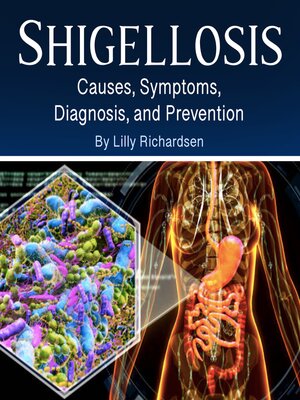Shigellosis
audiobook (Unabridged) ∣ Causes, Symptoms, Diagnosis, and Prevention
By Lilly Richardsen

Sign up to save your library
With an OverDrive account, you can save your favorite libraries for at-a-glance information about availability. Find out more about OverDrive accounts.
Find this title in Libby, the library reading app by OverDrive.



Search for a digital library with this title
Title found at these libraries:
| Library Name | Distance |
|---|---|
| Loading... |
Shigellosis is a highly contagious bacterial infection caused by the Shigella species, which primarily affects the intestines and leads to symptoms such as diarrhea, fever, and stomach cramps. The disease spreads easily through direct person-to-person contact, contaminated food and water, or poor hygiene practices. It is a significant public health concern, particularly in developing countries where sanitation infrastructure is inadequate. However, outbreaks also occur in more developed regions, especially in crowded environments such as schools, daycare centers, and nursing homes. Understanding the nature of Shigella, its transmission routes, and its global impact is essential in addressing and preventing the spread of the disease.
The Shigella genus consists of four major species: Shigella dysenteriae, Shigella flexneri, Shigella boydii, and Shigella sonnei. Each of these species is associated with varying degrees of illness severity, with Shigella dysenteriae being the most severe due to its production of the Shiga toxin. Shigella sonnei is the most common cause of infection in industrialized nations, while Shigella flexneri is more prevalent in developing regions. These bacteria invade the cells lining the intestines, leading to inflammation, ulcers, and severe diarrhea that may contain blood or mucus. Because Shigella is highly resistant to stomach acid, only a small number of bacteria—sometimes fewer than 100—are needed to cause an infection.
The primary mode of transmission for Shigella is the fecal-oral route. This means that infection occurs when an individual ingests even a tiny amount of contaminated fecal matter. Poor hand hygiene, inadequate sanitation, and the consumption of contaminated food or water are key contributors to outbreaks.







